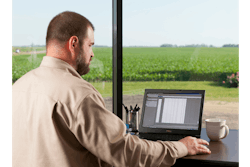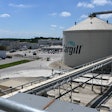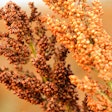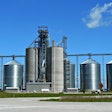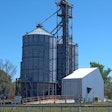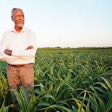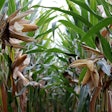President Abraham Lincoln once said, “Public sentiment is everything. With public sentiment nothing can fail. Without it, nothing can succeed.”
I have spent three decades of my life communicating for farmers and the agricultural industry. Never has the need to tell agriculture’s story been so great. But with less than 2% of the nation involved in production agriculture, reaching the other 98% seems like a daunting task. Until now …
We have a powerful tool. It’s called social media!
Social media has changed the way people discover, discuss and shareinformation.Social media, if used correctly, takes our story from a monologue to a dialogue. It enables us to have a voice that goes beyond our gravel road to the rest of the world with the stroke of a computer keyboard or mobile device. It means the nightly news no longer has the last word at 10 p.m.
In agriculture, social media has been embraced by some, intrigued by others, and underestimated by many.
Consider these statistics:
- Has more than 900 million monthly active users at the end of March 2012
- 50% of our active users log on to Facebook in any given day
- People spend over 700 billion minutes per month on Facebook
- If Facebook were a country, it would be the third largest in the world
- Has 100 million active users and 200 million registered accounts as of 2011
- Has generated more than 200 million tweets in total
- Handles more than 1.6 billion search queries per day
YouTube
- More than 800 million unique users visit YouTube each month
- 60 hours of video are uploaded every minute, or one hour of video is uploaded to YouTube every second
- Over 3 billion videos are viewed a day
These numbers demonstrate the opportunity social media presents to tell our story.
Here are few easy steps to get started:
1. Understand what resources agriculture organizations have available. For example, the dairy industry can contact[email protected]学习如何参与作为乳制品倡导者。Many other sectors have similar resources.
2. agricultural rock stars who are doing social media effectively. Examples include:
3. “Like” your favorite agricultural organization on Facebook and include your personal perspective when sharing content.
Finally, talk about food not agriculture. Food is relevant and meaningful to others. Keep your story simple, real and reassuring. Consumers want to know their food is safe and healthy and that it comes from well-cared for animals and that the production of this food is done with respect for our natural resources now and in the future. Ultimately, I believe this is what we all want.





